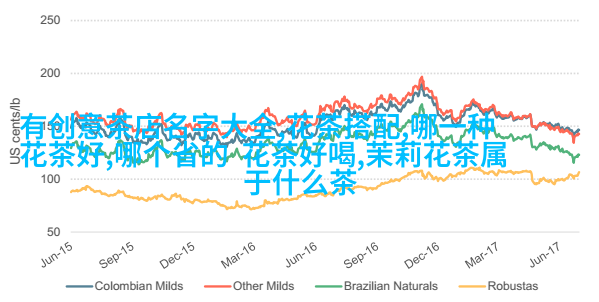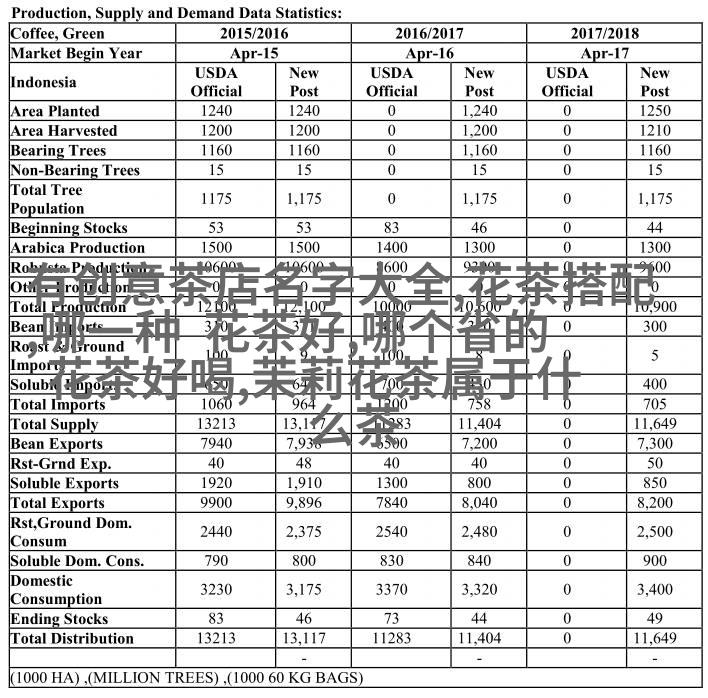在悠扬的茶香中,中国人的茶文化已有2400多年的历史。其中,江苏宜兴紫砂壶被许多老茶客视为理想的泡茶工具,但云南人对此持有不同意见。在云南省建水县,有着传统的建水紫陶,这是中国四大名陶之一,与宜兴紫砂壶一样深受喜爱。然而,尽管建水紫陶在江湖地位远不如宜兴紫砂那般知名,它却以独特的手工艺和丰富装饰而受到人们的青睐。

建水位于红河哈尼族彝族自治州,是一座拥有50多座古建筑的国家历史文化名城。除了游览古城外,还可以探索朱家花园、团山民居等历史遗迹,以及品尝当地特色美食。而建水紫陶街则是体验当地艺术与文化的一个绝佳地点。这条主街道全长400米,以其丰富的手工艺品和独特的地理标志产品著称。
-buildings, including the ancient city wall and the famous stone arch bridge. The town is known for its rich cultural heritage and traditional crafts, such as woodcarvings, bamboo weaving, and silk production.

The tea culture in China has a long history that dates back to over 2,000 years ago. Tea was first discovered by Emperor Shennong in 2737 BCE. Since then, it has become an integral part of Chinese society and culture.
In Yixing, Jiangsu province, there are many teahouses where locals gather to enjoy their favorite teas. The most popular type of tea served here is green tea from nearby Zhejiang province.

Yixing purple clay teapots are highly prized for their beauty and durability. They are made from a special type of clay found only in Yixing called "purple sand." This clay is said to have healing properties that can improve the taste of tea.
In contrast to Yixing purple clay teapots, Dali pottery from Yunnan Province is less well-known but equally beautiful. It is made using a different type of clay called "Dali red soil" which gives it its distinctive color.

Both types of pottery have been used for centuries as containers for storing food and other items.
